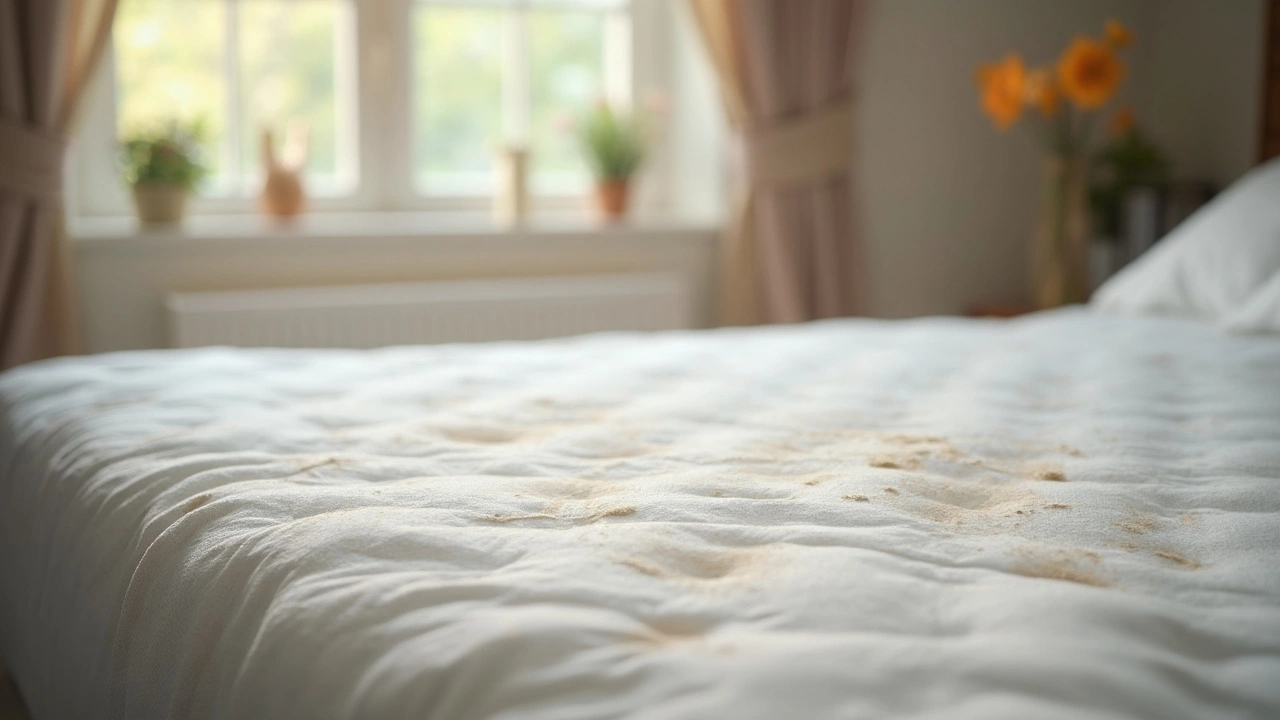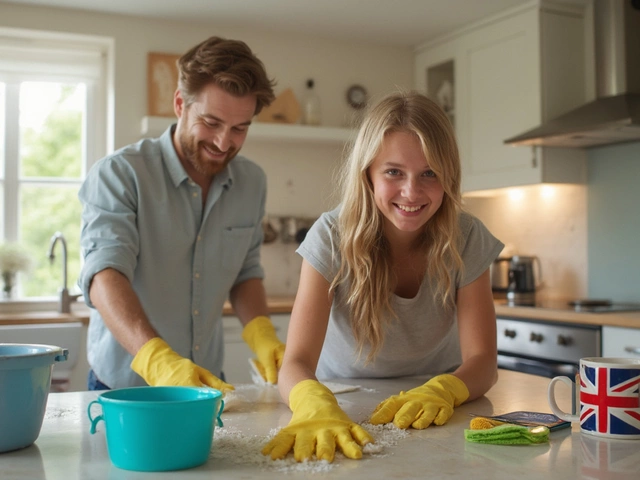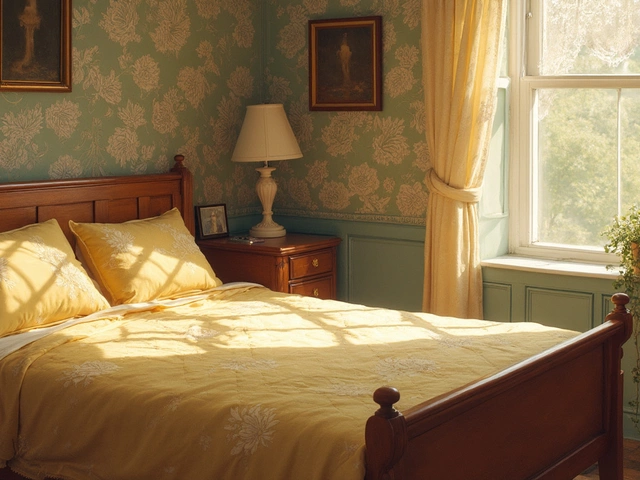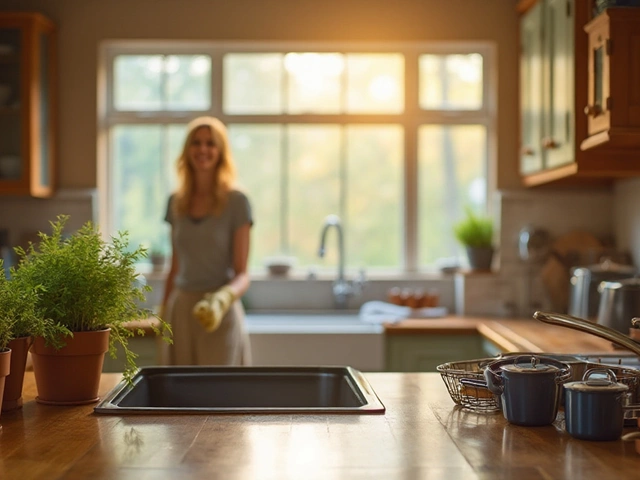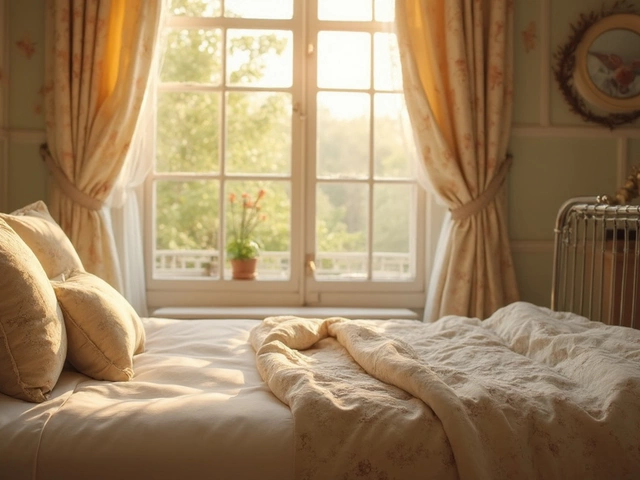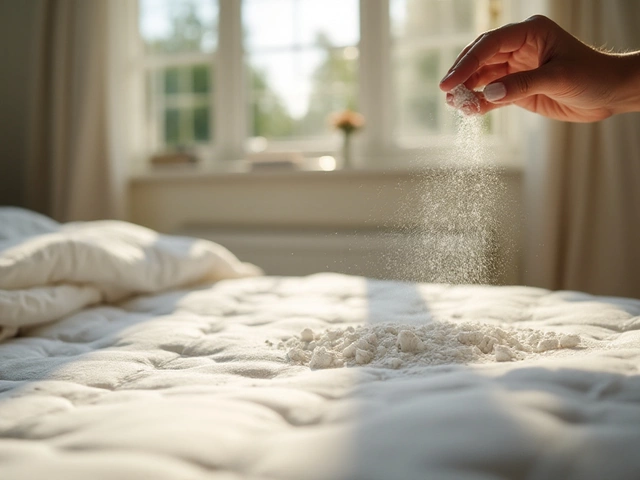Understanding Stain Color and Its Impact on Cleaning
When working with Stain Color, the visible hue left behind by a residue after it dries or reacts with a surface. Also known as stain hue, it helps decide which cleaning technique will actually work. In simple terms, stain color tells you what you’re dealing with before you grab a spray bottle. Stain color encompasses many sub‑types, and recognizing each one saves time, money, and effort.
Grease Stains: The Typical Oven Enemy
One of the most common grease stains, dark brown or amber residues that form from cooking fats and oils. This type of stain color appears in ovens, stovetops, and even on kitchen textiles. Because grease is oily, you need a degreasing agent that can break the lipid bonds – think baking soda paste, Dawn dish soap, or a vinegar‑based spray. When you match the dark hue of a grease stain with the right solvent, the cleaning process becomes far less stubborn. The relationship is clear: stain color influences the choice of cleaning product, and grease stains demand a solvent that cuts through fat without damaging the surface.
Hard water stains present a very different challenge. These hard water stains, chalky white or cloudy marks caused by mineral deposits like calcium and magnesium often show up on windows, glass doors, and the interior walls of ovens after steam condenses. Unlike grease, the color here is light and gritty, signalling a mineral buildup rather than an organic residue. To tackle this stain color, an acidic solution such as vinegar or a commercial lime remover works best. The mineral nature of hard water stains means you’re looking for a chemical reaction that dissolves the crystals, not just a surfactant. In short, the hue tells you the chemistry you need.
Limescale is essentially a more stubborn cousin of hard water stains. When the mineral deposits grow thick, they turn into limescale, hard, white or off‑white crusts that cling to surfaces like a stubborn paint. Limescale’s stain color signals a long‑term exposure to hard water, and it often requires a stronger acid, such as citric acid or a descaling product, to break down. The semantic link is simple: both hard water stains and limescale fall under the broader category of mineral‑based stain color, yet their intensity dictates the strength of the cleaner you should use.
Fabric stains bring another palette into play. A fabric stain, any colored spot on upholstery, clothing, or carpets caused by food, drink, or bodily fluids can range from bright red wine to oily grease. The color guides you to the right treatment: acidic solutions for wine, enzyme‑based cleaners for protein stains, and surfactants for oily spots. Knowing the stain color lets you pick a targeted product—like Dawn dish soap mixed with water for greasy upholstery—without risking damage to the fibers.
All these examples illustrate how stain color is more than just a visual cue; it directs the entire cleaning strategy. Below you’ll find a curated set of articles covering DIY recipes, professional tips, and safety advice for every hue we’ve discussed. Dive in to discover the exact formulas and step‑by‑step methods that match the color of the stain you’re battling.
